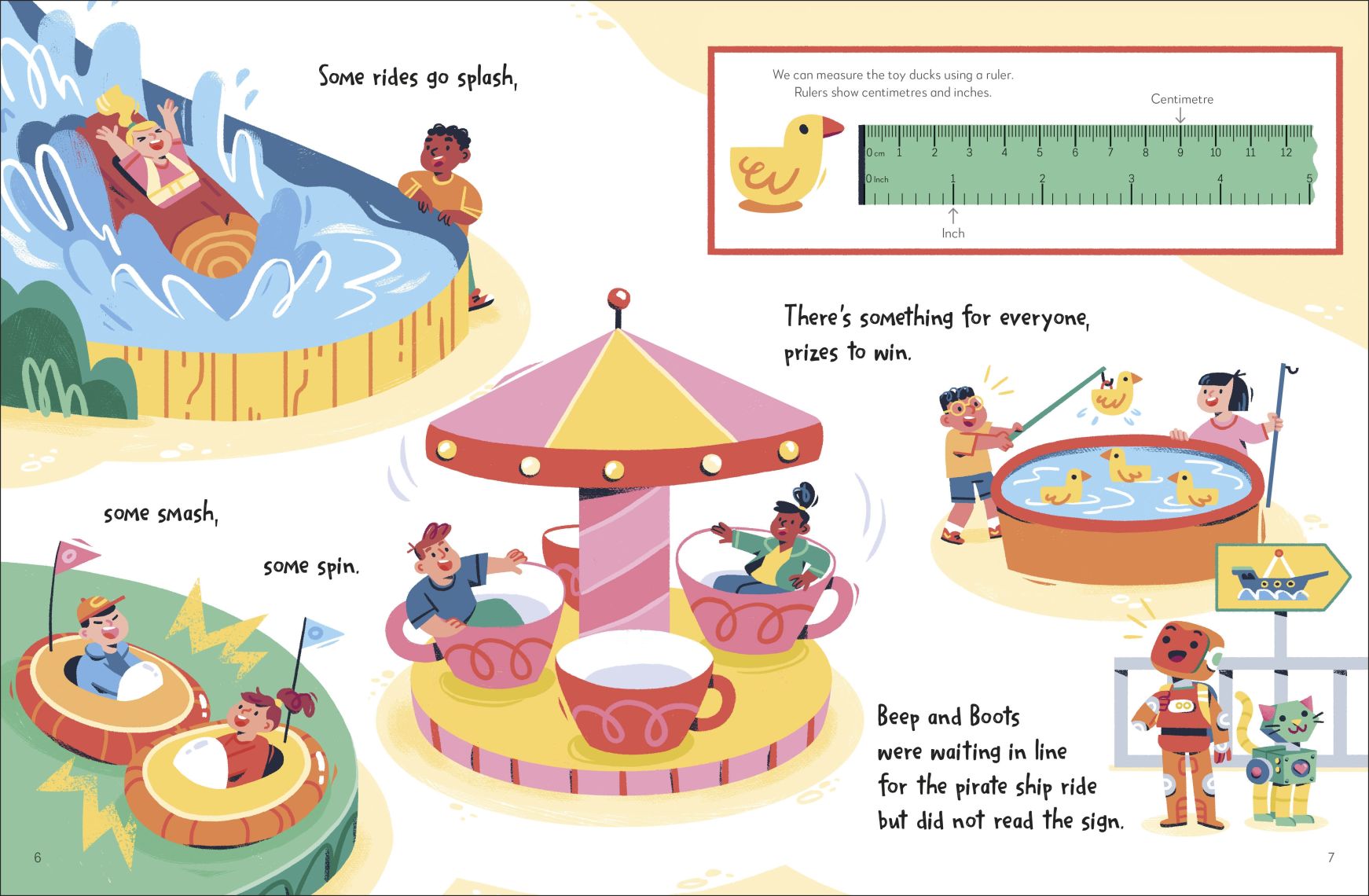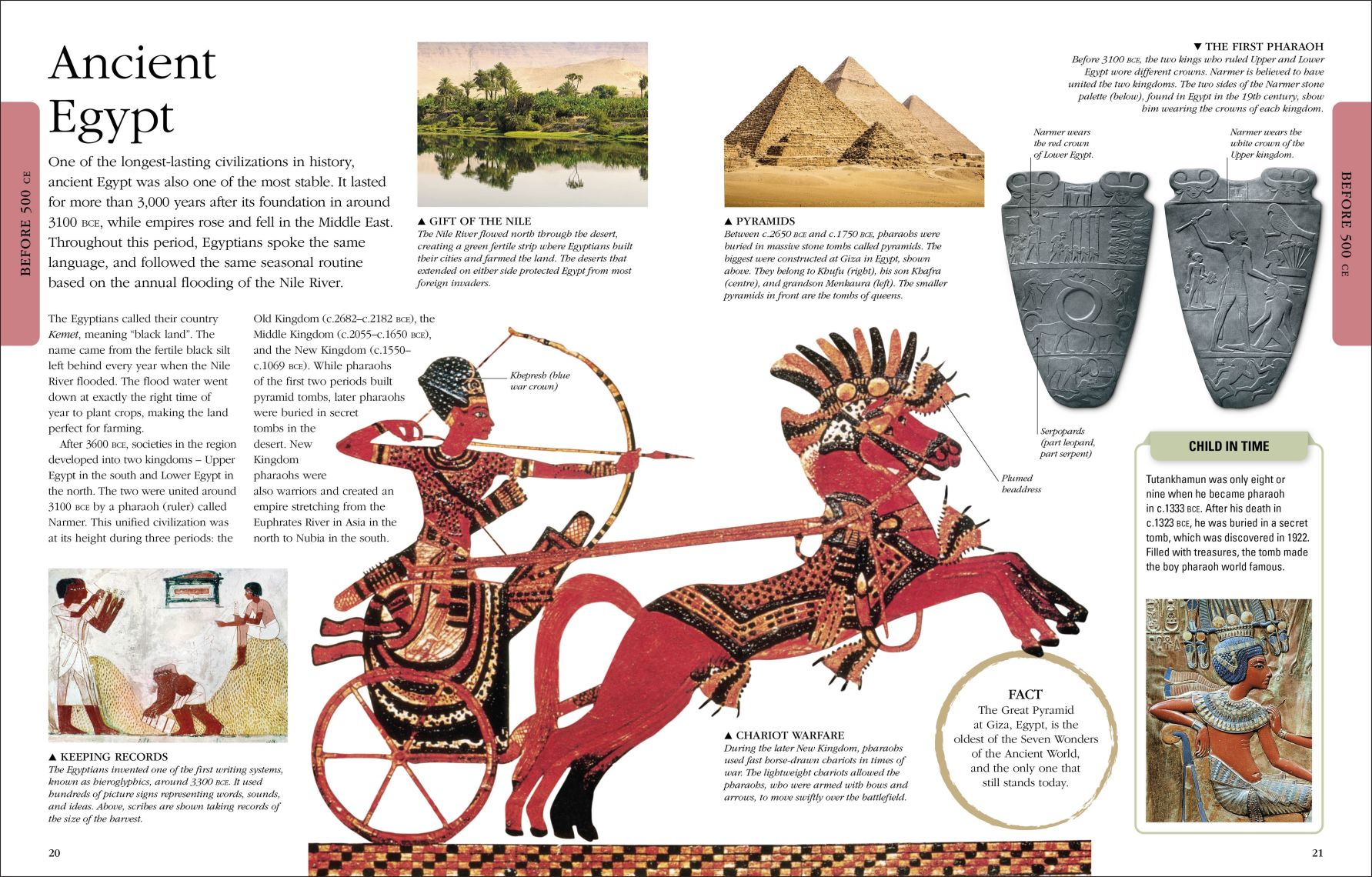Article Post
07 Jun 2023
by James Ball
How to Quickly and Easily Include Dual Coding Theory in Your Primary Lessons
Was it just me? But it felt like absolutely nobody was talking about dual coding and then, almost overnight, it was everywhere. Learning journeys appeared in corridors with distinctive dual coding icons. Colleagues’ PowerPoints were suddenly spotted with tell-tale dual coding symbols. And almost every new resource on TES or Twitter is now liberally sprinkled with dual coding images.
It all seemed to happen so quickly. And the scattergun nature of school CPD inevitably means that a great many of us have received absolutely no formal training in dual coding. But things have moved so fast and dual coding has become so ubiquitous that you would be forgiven for being reluctant to ask about it. Nobody wants to appear behind the times, do they?
More than that, you want to be fully up to speed. Its takeover of British schools might have been rapid, but dual coding is not going anywhere anytime soon. With an ever-growing evidence base for its effectiveness, it is time to incorporate dual coding into your teaching. The good news is that it might not be as daunting a prospect as you think.
What Is Dual Coding and How Does It Improve Learning?
Dual coding theory can be traced back to 1971. In that year, a Canadian psychologist and former bodybuilder named Allan Paivio published Imagery and Verbal Processes. In it, he argues that humans have two, distinct yet connected, cognitive subsystems. One specialises in processing language while the other processes non-verbal objects (images).
Dual coding theory puts forward the idea that our ability to understand and recall information is enhanced if both the verbal and visual cognitive subsystems are accessed simultaneously. Basically, learning becomes easier and more sticky if the information is presented in both words AND pictures at the same time.
Unlike other theories that have taken British education by storm (VAK anyone?), the evidence of the benefits of dual coding is there for all to see. In fact, some studies suggest that twice as much information is retained when it is presented visually and verbally as opposed to just verbally.
How to Incorporate Dual Coding in Your Classroom
Incorporating dual coding into your teaching is very straightforward. In fact, the chances are, you already do some of these things on a daily basis but hadn’t thought of them as dual coding. With a few tweaks, some subtle signposting and a few carefully chosen additional resources, you will soon be seeing the benefits of dual coding. And so will your pupils.
Put the Whiteboard to Work
This isn’t a return to “chalk and talk” and you don’t have to be the world’s greatest artist, but one of the simplest and easiest ways to incorporate dual coding into your lessons is with board markers. By drawing appropriate images and diagrams onto the board at the same time as you explain something, you are feeding both the verbal and visual cognitive subsystems of your pupils. And even if your drawings aren’t the best, the act of trying to decipher your doodles will bring their visual processing into play.
Better still, you could set your pupils the task of drawing visual representations of what they’re hearing on mini-whiteboards. Or get them to add relevant images to a timeline relating to a story or historical event. If they’re simultaneously processing words and pictures, you’re incorporating dual coding in their education.
Pepper PowerPoints with Pictures
All teachers build up a bank of much treasured and heavily-relied-upon resources over the years. The thought of having to abandon these presentations and worksheets, which have proven to be effective and popular, is enough to put anyone off adopting new approaches. Thankfully, you can incorporate dual coding into your lessons and keep these cherished resources with just a few minor amendments.
On PowerPoints, this could involve replacing slides that have text with slides that have a single strong image. It might be a painting, a photograph, an infographic or even a cartoon. By displaying that image as you talk to the class, you are stimulating both cognitive subsystems and improving the chances of the information being understood and retained.
Resources such as worksheets can similarly be updated by including some well-chosen images. The noun project has over 5 million icons that can be downloaded for free - surely enough for even the most niche of subject areas!
A word of warning though: make sure that the image you choose conveys the information you want your pupils to take on board. Avoid falling into traps such as using a magnifying glass icon when you want them to look for something or a question mark icon when you want them to answer a question. That’s not dual coding, that’s using clip art.
Dual Coding with Books
So, if dual coding is the simultaneous presentation of words and images, my guess is that you’re already thinking of some much-loved books that perfectly fit the bill. Here are some others you might not have thought of:
DK’s Picturepedia, with its stunning photographs, images and diagrams alongside engaging and informative text is an obvious choice.

Picturepedia would enable you to incorporate dual coding in a whole host of subject areas. But what about lessons where examples of using dual coding don’t spring so easily to mind - such as maths?
Dual Coding in Maths
Dual coding can absolutely play in part in maths education - as shown in DK’s The Maths Adventurers Measure Up. This fun and engaging book is aimed at five-to-seven-year-olds and tackles the key maths topics of shapes, time, measurement, division and fractions through the adventures of two friendly robots. The non-gendered colour palette of the illustrations incorporates dual coding and ensures it appeals to both girls and boys alike.

Dual Coding in English
Incorporating dual coding into lessons involving studying literature is straightforward. The classic storyboard or visual timeline is a great way to include words and pictures when looking into stories and is something many of us have been doing for years. Using dual coding to teach grammar and punctuation more effectively is perhaps more challenging.
Thankfully, the people behind the DK book, Visual Guide to Grammar and Punctuation have done the thinking for us and produced this incredible book. Written expressly to support the national curriculum, the combination of text and pictures means your pupils will soon have a crystal clear understanding of when to use a preposition or a pronoun and how to use a comma and a colon.

Dual Coding in Science
Science seems to be particularly well-served when it comes to books that are suitable as dual coding teaching resources. Perhaps it is because topics such as space benefit so much from arresting imagery. And if you want arresting imagery of space look no further than DK’s Space Visual Encyclopedia because its double-page spread pictures really are stunning.

The DK Robert Winston Science Squad Explains series is aimed at children aged five and above and uses the key concepts of science, technology, engineering, art and maths to explain the world around us. Each of the STEAM concepts has its own visual character and all of the explanations are accompanied by colourful diagrams and illustrations.

Another brilliant and highly visual book that is ideal for adopting a dual coding approach to teaching science is DKfindout! Science. Aimed at readers aged six and above, this book does a wonderful job explaining exactly what science is and why it is so important. And what youngster doesn’t want to know why outer space is silent? Or why you only see rainbows in the morning and in the late afternoons?

Dual Coding in Humanities Lessons
The stories of the Bible, with their often unfamiliar names and places, are not always easy for young minds to follow. Books such as DK’s Bible Characters Visual Encyclopedia will literally enable them to put names to faces and to see as well as read their stories.

The importance of imagery in helping children relate to times so different from their own cannot be overestimated. DK’s History, A Children’s Encyclopedia would be a great asset to any primary classroom and the perfect dual coding teaching tool.

Similarly, any child’s understanding of the world that currently surrounds them would be enhanced by being exposed to DK’s What’s Where On Earth? This dazzling book is seemingly tailor-made for dual coding.

This isn’t even scratching the surface of the suitable books available. Browse the site and find some tremendous titles that will allow you to use dual coding techniques in every curriculum area.
The Multiple Benefits of Dual Coding
Incorporating dual coding techniques into your lessons will very likely involve an evolution rather than a revolution in your teaching. It is important to remember that this is not a return to the idea of “visual learners’, which seemed to make sense but had no evidence base.
By taking simple steps to simultaneously incorporate verbal and visual information in your lessons, it can lead to better teaching, better learning and better outcomes for everybody.
James Ball is an author, content creator and copywriter who has been writing highly successful educational textbooks for over 15 years. His books have been aimed at a variety of Key Stages but always place emphasis on accessibility and engagement. After nearly 20 years as a teacher and head of faculty, James turned to writing full-time. Whilst continuing to write textbooks, he also creates scroll-stopping, SEO-infused blogs and reports for Edtech companies, marketing agencies, industry magazines and educational publishers.
